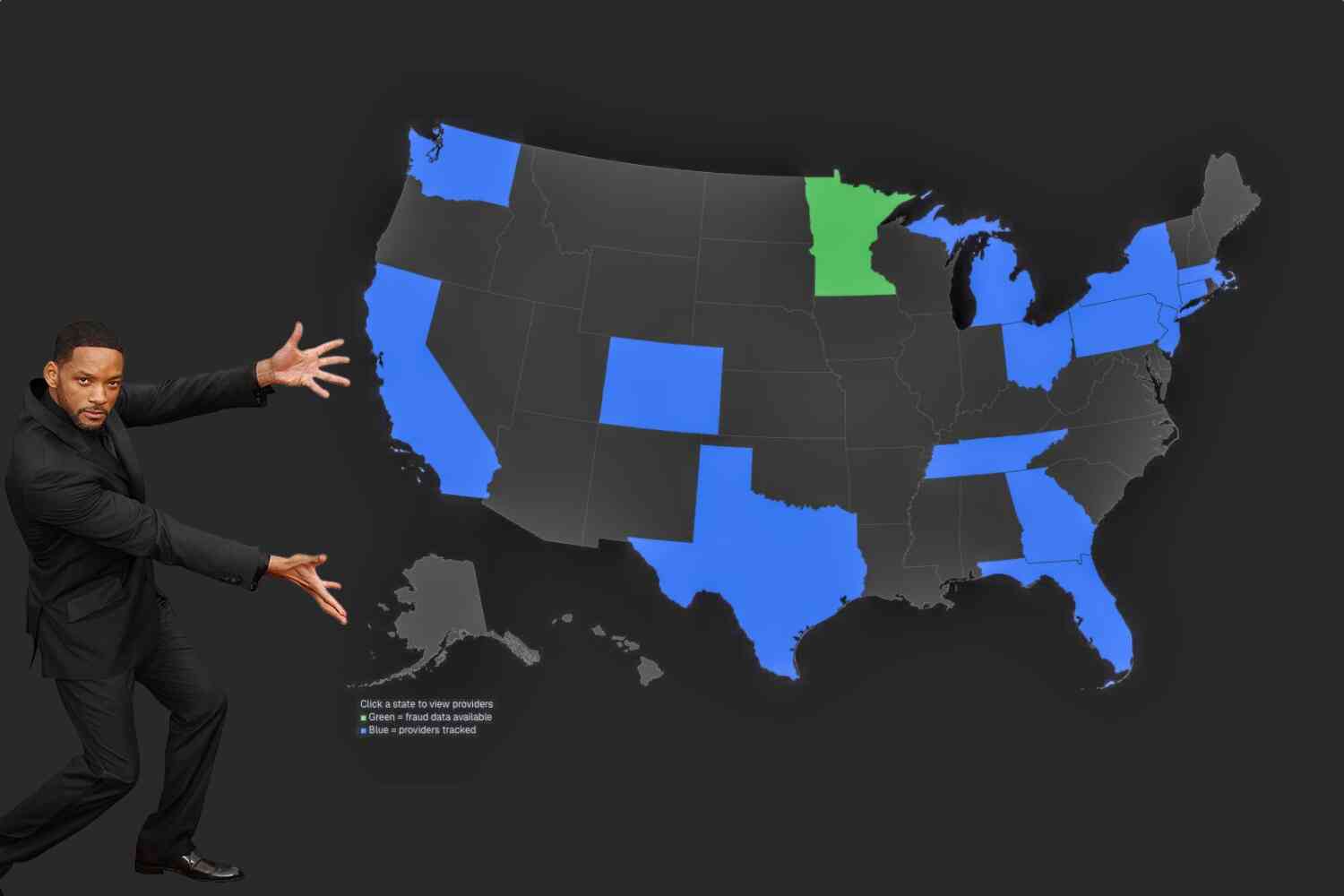Did you know that the gravity on the moon, being slightly weaker than here on Earth, causes clocks to run just a tiny bit faster up there? 58.7 microseconds faster every day, to be exact.
That's why we're trying to give the moon its very own time zone.
No joke.
Yup, we're going back to the moon in 2026, and with this teeny-tiny little 58.7-microseconds-per-day change in time we gotta give the moon a time zone so we don't mess up the timing when we land there.
Crazy, right?
The White House wants US space agency Nasa to develop a new time zone for the Moon - Coordinated Lunar Time (LTC).
Because of the different gravitational field strength on the Moon, time moves quicker there relative to Earth - 58.7 microseconds every day.
This might not seem like much, but it can have a significant impact when trying to synchronise spacecraft …
Locating and directing this [2026] mission requires extreme precision down to the nanosecond, errors in navigation which could risk spacecraft entering the wrong orbits.
But Artemis-3 is also one of numerous planned national missions to the Moon as well as private endeavours. If time is not co-ordinated between them it could lead to challenges in sending data and communication between spacecraft, satellites and Earth.
We'll have to coordinate this new time zone with nations across the globe and see if we can all agree on something. Love the sound of that!
A little perspective on how small of a time change this really is:
Time is currently measured on Earth by hundreds of atomic clocks stationed around our planet which measure the changing energy state of atoms to record time to the nanosecond. If they were placed on the Moon, over 50 years they would be running one second faster.
That's how precise the math must be for us to successfully land on the moon. Two seconds per century and we have to create an entirely new time zone for the moon.
Out of this world, man.
P.S. Now check out our latest video 👇









